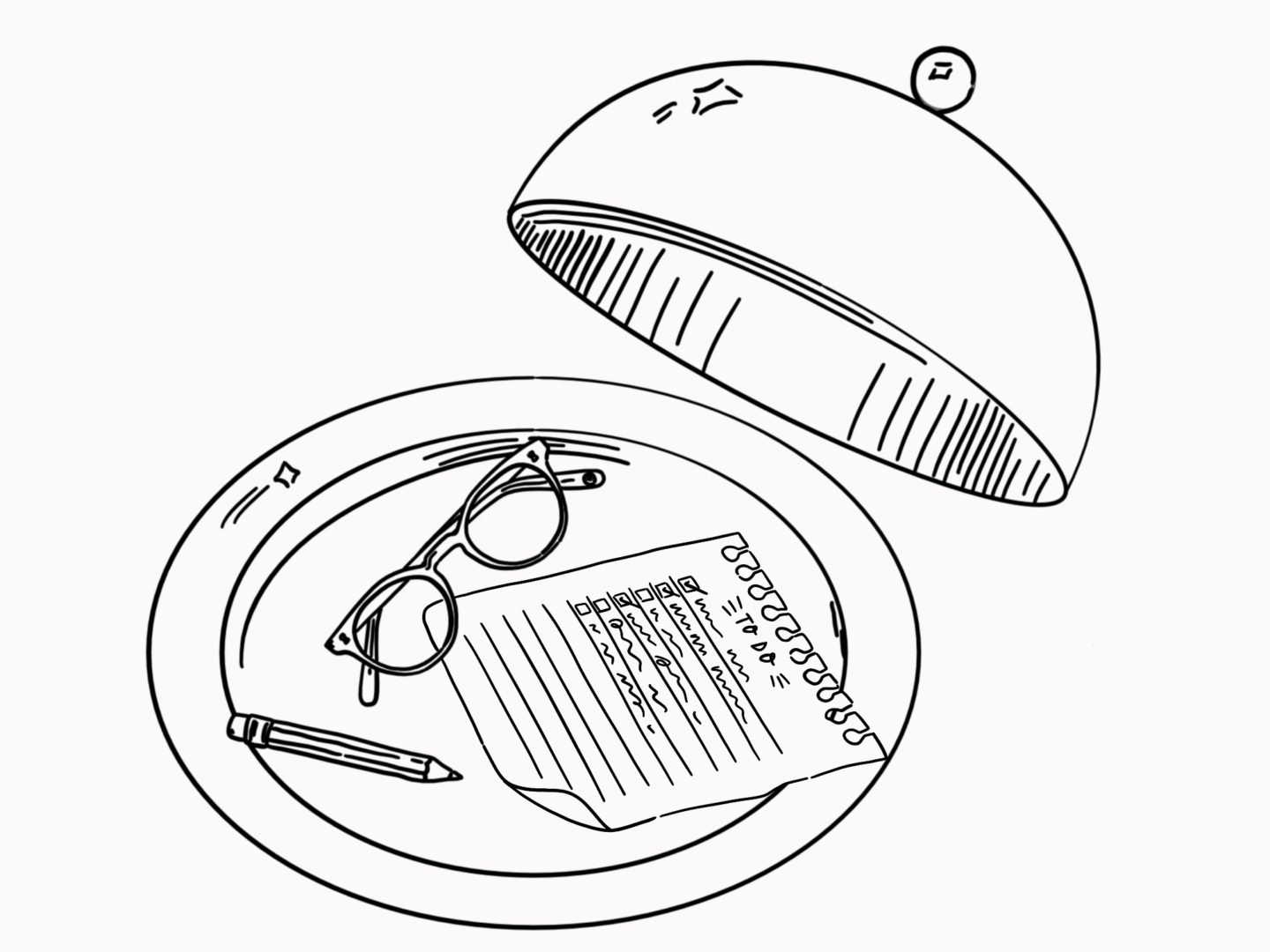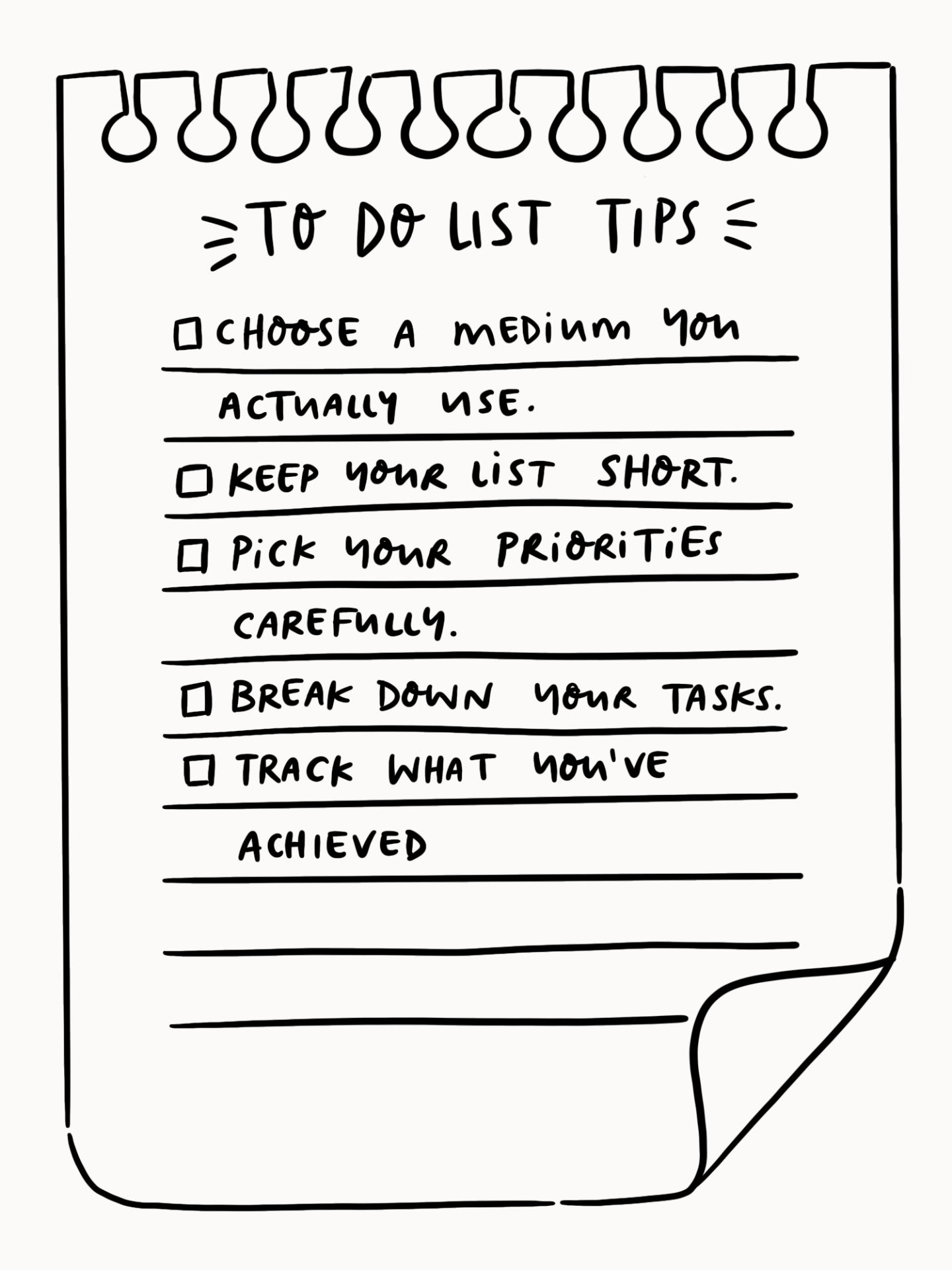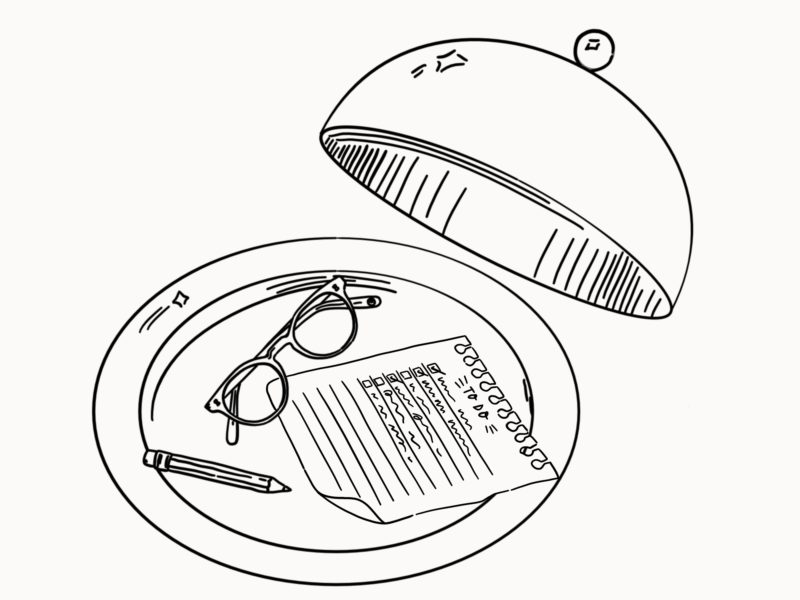What feels like years ago, I wrote a little bit about my bullet journal. I’ve been keeping what I think loosely classes as a bullet journal for at least the last five years, but perhaps more. While I certainly have periods where I’m far more dedicated to it (usually when I’m feeling good) and periods where I let it slip (usually when I’m feeling overwhelmed leading to a dangerous spiral), it’s a method which is now deeply ingrained in how I process tasks. Because I’ve been writing daily and weekly to do lists for so long now, I’m pretty confident when I say I know how to write a good list. In fact, I’m pretty sure I’ve crystalised what makes a to do list work in to 5 key principles.
None of these principles alone are ground breaking. But if you apply them consistently and consciously they are pretty much guaranteed to work.
So without further ado here they are…

- Choose a medium you actually use
There are hundreds, if not thousands, of apps and journals that claim to be the perfect place for you to put your to do list. They sell themselves as being the perfect size, having the perfect paper, or being integrated with every other tool under the sun. What really matters is whether they’re something you’ll actually use. I’ve tried digital tools but they don’t really work for me, because I like a meditative moment with my list and to have it out on my desk while I work. But I have colleagues who have personalised online checklists they love. So look for what works for you, maybes try a few things out. Just don’t over complicate it or choose something so nice you can’t get it messy if you need to.
- Keep your list short
Any daily to do list should be around 7-10 items, if not fewer. The longer you make your list, the less likely you are to finish it and the more likely you are to feel downtrodden by how much you have to do. Personally I keep a longer weekly list that holds long term tasks and a suite of things I want to get done in the week, to make sure I keep on track of everything, but I keep my daily list short and sweet.
- Pick your priorities carefully
I like to highlight 3 things I have to get done in the day. I can only have 3. This keeps me focused and really forces me to be reasonable about what I can achieve. These 3 things can be big or small, but they’re the 3 that always get done. If you focus your day around those tasks, then everything else on your list becomes an added bonus.
- Break down your tasks
Big vague things like create newsletter can be hard to pin down and actually get done. Instead break down tasks into manageable chunks – I suggest nothing you can’t achieve in 45 minutes. So in the newsletter example it might be: write opening think piece, select and summarise articles, create illustrated header. When something is bite size it’s not too scary to take on (no more procrastinating a thing because it’s unachieveable) and it’s easy to know when you’re done.
- Track what you’ve achieved
The reason I come back time and again to my written to do list is the simple satisfaction of ticking something off my list. Tangible progress is what keeps you going with a to do list, and if you’ve followed step 1 – 4 you’ll be making progress through that list every day. It’s addictive, in a self-gamification way.

And that’s it. Like I said it’s not rocket science, but it’s something that it’s good to come back to when you’re feeling overwhelmed or like you’re holding yourself back. Good luck listing!


